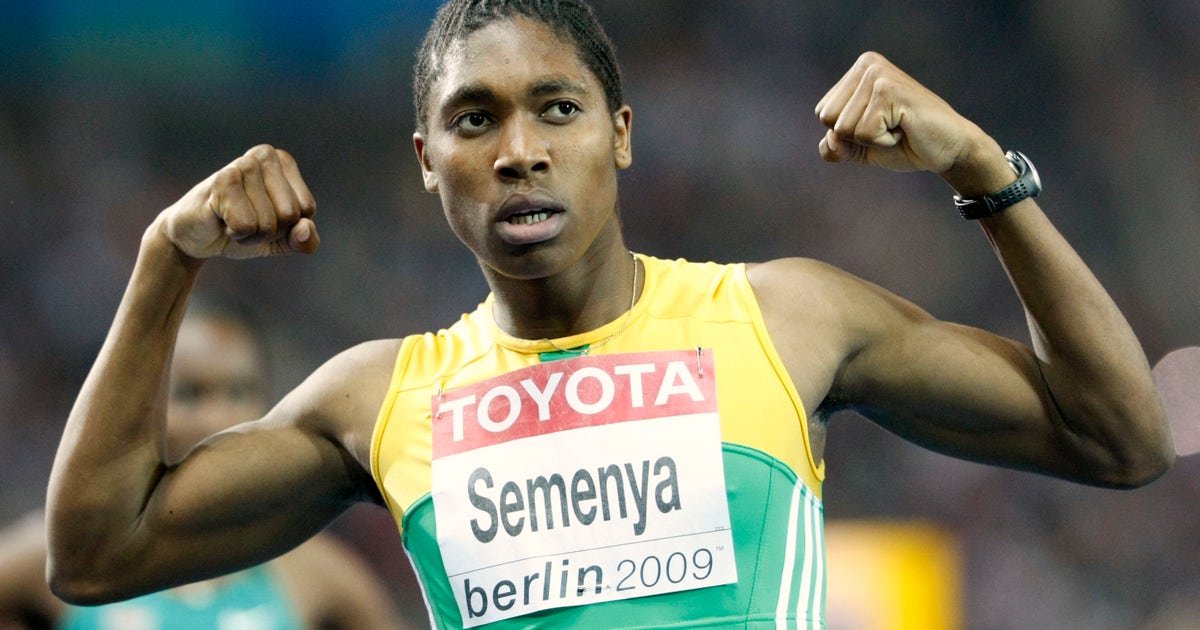A decade and counting, Semenya promises to ‘rise’ once again


Caster Semenya was only a teenager in 2009, an 18-year-old newcomer at her first major track meet, when she caused such a stir with her speed that organizers performed sex verification tests on her.
Ever since that shocking situation at the world championships in Berlin, the South African runner has been fighting track and field’s governing body for the right to run in what she describes as her natural form. To run with her God-given talents, as she put it.
But the two-time Olympic champion in the 800 meters lost her latest battle with the IAAF on Wednesday when sport’s highest court sided with the international track body, but only by a 2-1 vote.
The judgment upheld rules, which will come into effect next week, requiring Semenya and other female athletes with naturally high testosterone levels to medically reduce them to be able to compete in certain events.
“Sometimes it’s better to react with no reaction,” Semenya posted on Twitter shortly after the verdict was made public.
It’s another setback for an athlete who has rarely complained about her treatment in public, preferring instead to let her running speak for itself. Even when it seemed, as she has claimed, that the IAAF was trying to sideline her specifically.
Amid news of the gross invasion of privacy that she underwent at the 2009 worlds, Semenya maintained focus in a whirlwind of speculation to win the world title. The then-teenager, targeted because of her muscular build, decimated a field of the world’s best runners in the 800 meters.
Following those world championships, the IAAF prevented Semenya from running for nearly a year while it worked out what to do with her.
Semenya’s frustration at not being allowed to compete came to a head at a small track meet in South Africa in 2010 when she turned up and asked for permission to run. She was denied and asked to leave the stadium.
As she sat sidelined, a member of Semenya’s management team launched an online campaign to raise money to keep her career going as sponsors deserted her.
But even when Semenya was then forced to follow the IAAF’s rules starting in 2011, she was still cheated.
Semenya ran at the 2011 world championships and the 2012 Olympics while under medication to adhere to an early version of the testosterone regulations, which were rushed into effect in reaction to Semenya’s case. She was running with her testosterone levels suppressed, according to IAAF rules.
Semenya still won silver at both events, only losing to Russian rival Maria Savinova, who was later stripped of those victories for doping. Semenya was awarded her gold medals years later but was denied her place on the podium while the world was watching.
From 2012-15, Semenya’s career suffered. Her times dipped, almost certainly in reaction to the IAAF regulations, and she struggled with injury.
The first turning point came in 2015 when the rules were suspended by the same Court of Arbitration for Sport that ruled against Semenya on Wednesday.
Running free and with no hormone suppressing medication, Semenya was dominant in the 800 again, sweeping to victory at the 2016 Olympics in Rio de Janeiro.
Finding her voice, she also became an unofficial spokesperson for female athletes with conditions that cause high testosterone. At the 2016 Olympics, she stepped in to protect the runner who won silver from the media glare when she was asked if she also had such a condition. That runner, Francine Niyonsaba of Burundi, publicly announced last month that she does have a condition similar to Semenya’s. She said Semenya is her inspiration.
Semenya is now at a crossroads in her career: Does she submit to the IAAF again and take medication? Or does she switch to longer events and run without intervention?
She hasn’t answered that question yet, only promising to “once again rise above” the latest setback.
More tellingly, Semenya hinted she wouldn’t submit to the rules again when she wrote on Twitter: “Don’t trade your authenticity for approval.”







